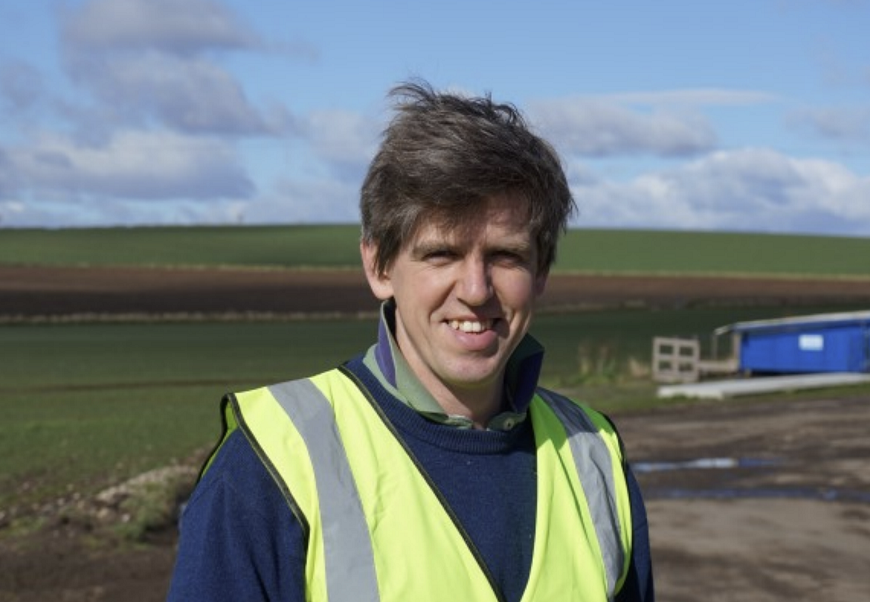Soil Regenerative Agriculture Group Case Study: Hugh Black, Backboath
30 March 2024Hugh farms Backboath near Forfar in partnership with his father James. The business extends to around 400 ha, 50 ha of which is rented ground. Although there is some variation in soil type, most soils at Backboath are sandy loams. James and Hugh produce winter wheat, winter and spring barley, oilseed rape and potato crops. They operate a six to seven-year rotation with two breaks.
Hugh already carries out full GPS soil analysis on a 6-year rotation and uses precision agriculture techniques such as variable-rate spreading for lime. Hugh imports manures and digestate, both to supplement inorganic fertilisers and improve soil organic matter.
Find out more about Hugh in the videos below.
Hugh would like to maintain outputs but cut back on inputs, for example, reduce chemical use. Hugh is interested in monitoring the variation in soil health experienced across his rotation, especially before and after the potato crop. Hugh said “Potatoes are the most invasive crop to the soils here and this means the soils are cultivated more often to establish a good growing environment for the finished fresh potatoes on the shelf. We want to guarantee we are regenerative in our rotation of soil health and structure in order to produce in future”.
Potatoes
Potatoes are a key aspect of the farm business. Hugh acknowledges that intensive cultivations associated with producing potatoes mean farm soils can be more vulnerable to damage. Maintaining and protecting soil health across the farm will be one of the areas Hugh will be focusing on through the group.
Sign up to the FAS newsletter
Receive updates on news, events and publications from Scotland’s Farm Advisory Service

